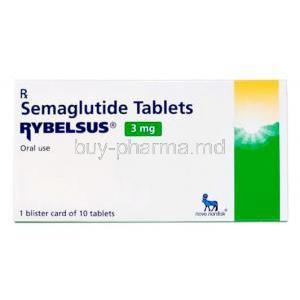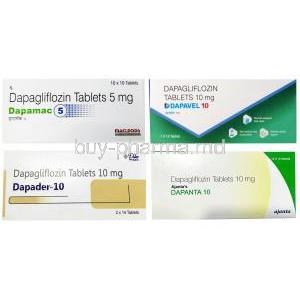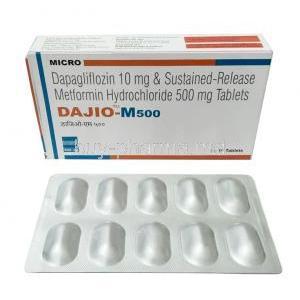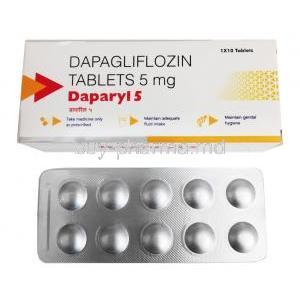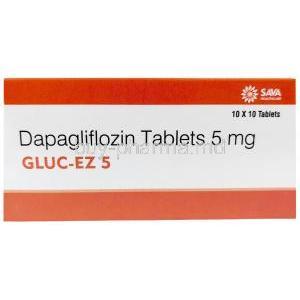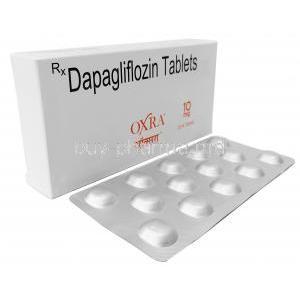Univia-N Isophane Insulin Injection
- 1. Introduction to Univia-N Isophane Insulin Injection
- 2. Medical Uses and Therapeutic Indications
- 3. Off-label and Investigational Uses
- 4. Mechanism of Action: How Univia-N Insulin Works in the Body
- 5. Dosage and Administration Guidelines
- 6. Composition and Formulation Details
- 7. Proper Storage Instructions for Safety and Potency
- 8. Side Effects of Univia-N Insophane Insulin Injection
- 9. Recognizing and Managing Hypoglycemia: The Most Common Side Effect
- 10. Drug Interactions: What to Avoid with Univia-N
- 11. Contraindications: When Univia-N Should Not Be Used
- 12. Warnings and Important Safety Information
- 13. Guidelines for Careful Administration in Special Conditions
- 14. Special Precautions for Elderly Patients
- 15. Administration Considerations in Pregnancy and Lactation
- 16. Use in Pediatric Patients and Adolescents
- 17. Overdose: Signs, Symptoms, and Emergency Management
- 18. Handling Precautions and Safe Disposal
1. Introduction to Univia-N Isophane Insulin Injection
Overview of Univia-N: What is Isophane Insulin (NPH)?
Classification: Intermediate-acting Human Insulin
Medical Importance in Diabetes Management
Differences Between Univia-N and Other Insulin Types
2. Medical Uses and Therapeutic Indications
3. Off-label and Investigational Uses
4. Mechanism of Action: How Univia-N Insulin Works in the Body
Insulin Receptor Binding and Glucose Uptake Enhancement
Suppression of Hepatic Glucose Production
Onset, Peak, and Duration Characteristics
Comparison to Other Insulins
5. Dosage and Administration Guidelines
Individualized Dosing Based on Glucose Levels
Typical Dosing Frequency and Units
Injection Technique and Preferred Sites
Timing Relative to Meals
Transitioning from Other Insulins
6. Composition and Formulation Details
7. Proper Storage Instructions for Safety and Potency
8. Side Effects of Univia-N Insophane Insulin Injection
Common Adverse Effects
Less Common Effects
Rare and Severe Reactions
9. Recognizing and Managing Hypoglycemia: The Most Common Side Effect
Symptoms Based on Severity
Risk Factors
Emergency Treatments
Preventive Strategies
10. Drug Interactions: What to Avoid with Univia-N
11. Contraindications: When Univia-N Should Not Be Used
Known Hypersensitivity to Human Insulin or Formulation Components
Episodes of Hypoglycemia at the Time of Dosing
Use in Insulin Pump Systems (Not Recommended)
12. Warnings and Important Safety Information
Importance of Glucose Monitoring
Risk of Severe Hypoglycemia with Dose Errors or Missed Meals
Rotation of Injection Sites to Prevent Lipodystrophy
Risk of Visual Changes During Insulin Initiation
13. Guidelines for Careful Administration in Special Conditions
Patients with Renal or Hepatic Impairment
History of Frequent Hypoglycemic Episodes
Individuals with Unstable or Brittle Diabetes
14. Special Precautions for Elderly Patients
Increased Susceptibility to Hypoglycemia
Renal Function Monitoring and Dose Adjustment
Coordination with Caregiver or Nursing Support
15. Administration Considerations in Pregnancy and Lactation
FDA Pregnancy Category and Safety Profile
Adjusting Insulin Requirements Throughout Trimesters
Compatibility with Breastfeeding and Neonatal Hypoglycemia Monitoring
16. Use in Pediatric Patients and Adolescents
Safety and Efficacy Data in Children
Age-Specific Dosing Strategies
Challenges in Adherence and Blood Glucose Monitoring
17. Overdose: Signs, Symptoms, and Emergency Management
Symptoms of Insulin Overdose and Hypoglycemic Shock
Immediate Interventions: Glucose Infusion and Monitoring
Hospitalization and Observation Guidelines
Preventive Measures for Avoiding Accidental Overdose
18. Handling Precautions and Safe Disposal
Hygiene and Sterilization Practices During Injection
Needle and Pen Cap Disposal Guidelines
Avoiding Accidental Use of Expired or Frozen Insulin
Patient Education on Safe Insulin Handling at Home
Univia-N Isophane Insulin Injection FAQ
- What is the use of isophane insulin injection?
- Can you mix regular insulin and isophane?
- How is isophane insulin administered?
- What is the difference between insulin and Isophane?
- How long does isophane insulin last?
- What are the signs of hyperglycemia?
- When do you use isophane insulin?
- How do you mix isophane and regular insulin?
- What are the side effects of insulin isophane?
- How do you administer isophane insulin?
What is the use of isophane insulin injection?
This medication manages diabetes by boosting insulin production in the body to lower blood sugar levels and falls under the category of intermediate duration insulins.
Can you mix regular insulin and isophane?
No
How is isophane insulin administered?
You typically receive this medication through an injection into the skin on your abdomen area or on your thighs or upper arm.
What is the difference between insulin and Isophane?
Insulin is a hormone that helps reduce sugar levels in the bloodstream with insulin isophane being a form and insulin regular serving as a working type of insulin.
How long does isophane insulin last?
18–26 hours
What are the signs of hyperglycemia?
Frequent urination, extreme thirst, fatigue, increased hunger, dry mouth, and unexplained weight loss symptoms.
When do you use isophane insulin?
Isophane insulin is a form of insulin that is injected daily to maintain low insulin levels in the body throughout the day.
How do you mix isophane and regular insulin?
Gently roll the insulin bottle between your hands then make sure to clean the lids of the bottles before proceeding with the following steps; drawing air into the syringe for the cloudy insulin dose forcing air into the cloudy insulin bottle drawing air into the syringe for the clear insulin dose and finally forcing air into the clear insulin bottle.
What are the side effects of insulin isophane?
You may experience a weight increase, swelling in your hands or feet, possibly some itching or a slight skin rash, or notice changes in the skin texture at the injection site.
How do you administer isophane insulin?
Administer this medication subcutaneously as instructed by your physician, twice daily.





